Welcome to issue 102 of the Call to Comms!
How can we encourage community resilience in the immediate aftermath of natural disasters? What role can connectivity play? How can we ensure the Internet stays reliable, even after a storm?
This week, discover the work carried out by TSF in Mexico, Costa Rica, and Jamaica to provide disaster-resilient Internet access to community shelters, in order to support those affected by disasters and contribute to community resilience.
Connecting Community Centers to Provide Internet Access in Times of Crisis
TSF is working with organizations in Mexico, Costa Rica and Jamaica to connect centers that communities can go to after a disaster to access the Internet.
Working together with national organizations is at the heart of one of our new projects, Disaster Link. Those who have read our annual report might have spotted this project in the first few pages, next to our response to Hurricane Beryl in the Caribbean.
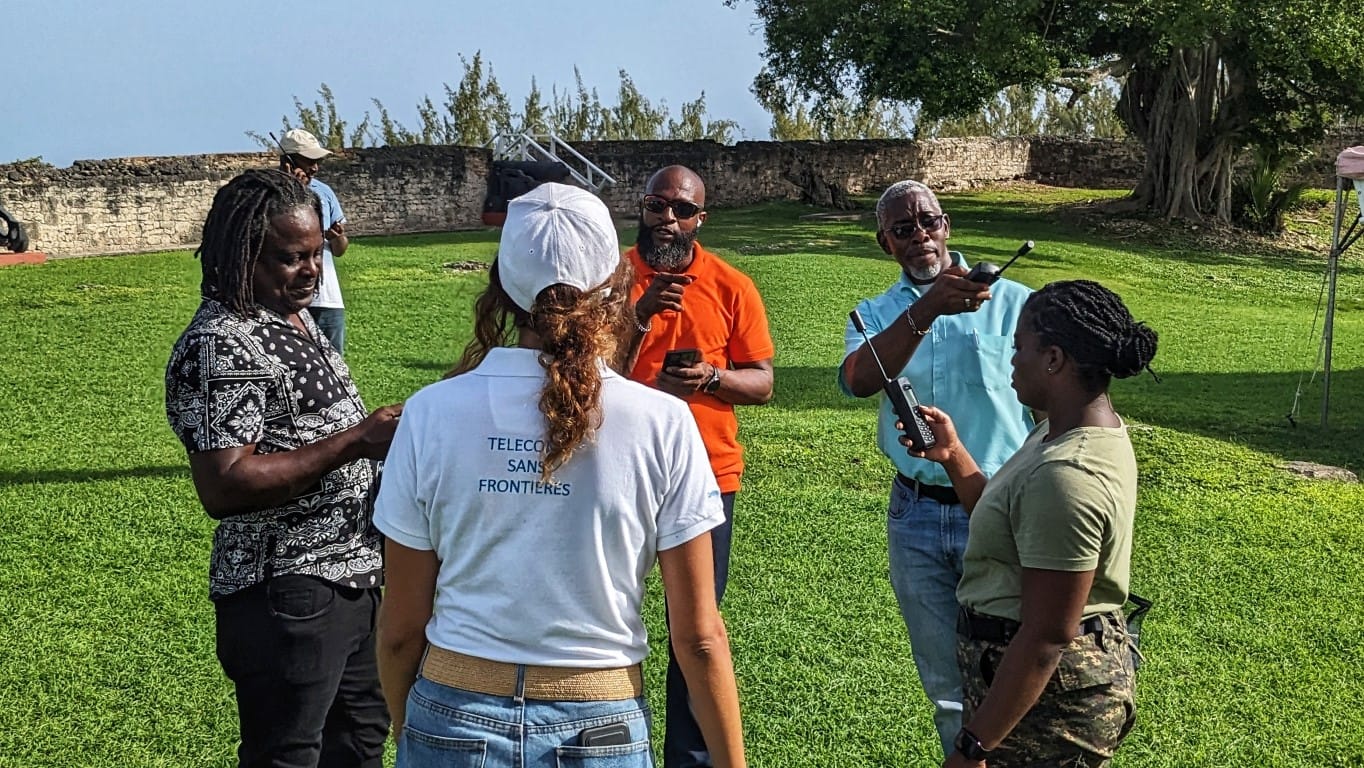
Supported by the Internet Society Foundation, this project is being implemented in Mexico, Costa Rica, and Jamaica, countries exposed to natural disasters and extreme weather events exacerbated by climate change. This new project is another way to respond to these events, by connecting centers that are identified by communities, so that they can find shelter there and access reliable Internet in times of crisis.
“This project will make it possible to maintain communication in emergency contexts, improving humanitarian response in vulnerable areas”. Costa Rican Red Cross
We use satellite connectivity to ensure the Internet is stable, even after a crisis. We rely on organizations like the Red Cross to decide what centers to connect - they have to be identified by communities, but can also be part of the emergency response mechanism, be a space for relief efforts to coordinate, and so on.
Visiting centers
Recently, TSF visited and evaluated centers in Jamaica and Costa Rica to analyze conditions and adapt the technical solutions to the needs of each center.
How do we choose a center?
Let’s take a concrete example: a center was identified by the Costa Rican Red Cross, the Comité Auxiliar de Palmar Norte. It was selected because it is particularly exposed to natural risks, sometimes large-scale. Moreover, the center participates in a network of emergency response with other regional organizations such as firefighters.
By enabling access to information and communication, connectivity plays an essential role to improve resilience, security and inclusiveness in crisis contexts.
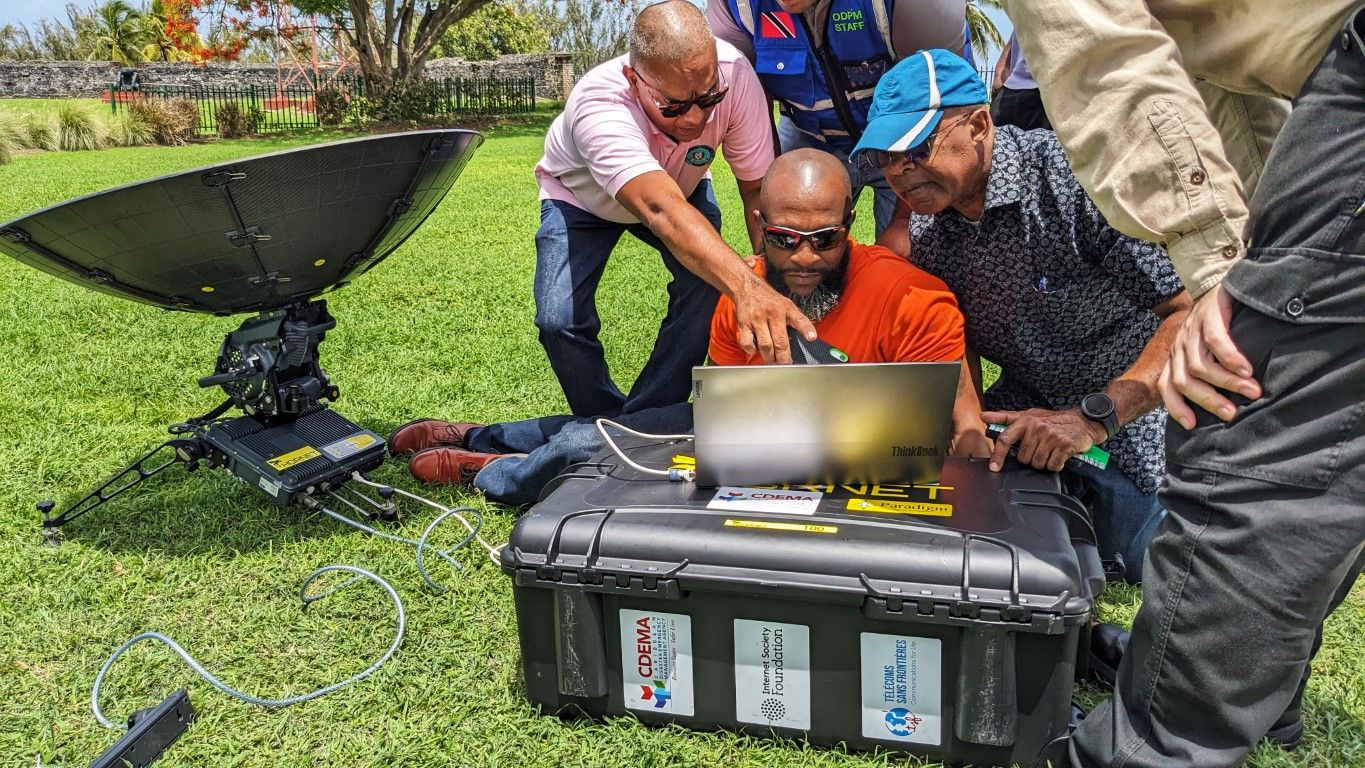
In case you missed it: What is the Impact of Telecommunications on Humanitarian Work?
In this article, from radio to telemedicine, we trace back how technology can be used to help in humanitarian situations.
“At the beginning, we were providing phone calls for families to be able to contact their loved ones in the country or abroad. But people want the internet, even to call their loved ones. Sometimes providing just an unmonitored and unmanaged Internet is not the best way to help the people. Sometimes, you need to explain to the people the risk they might face using the internet. It's part of the digital literacy element that we try to integrate into our programs and our missions to support the people using technology.”
Sébastien Gillet, a member of TSF’s Technical & Operations Team.

See you in two weeks!


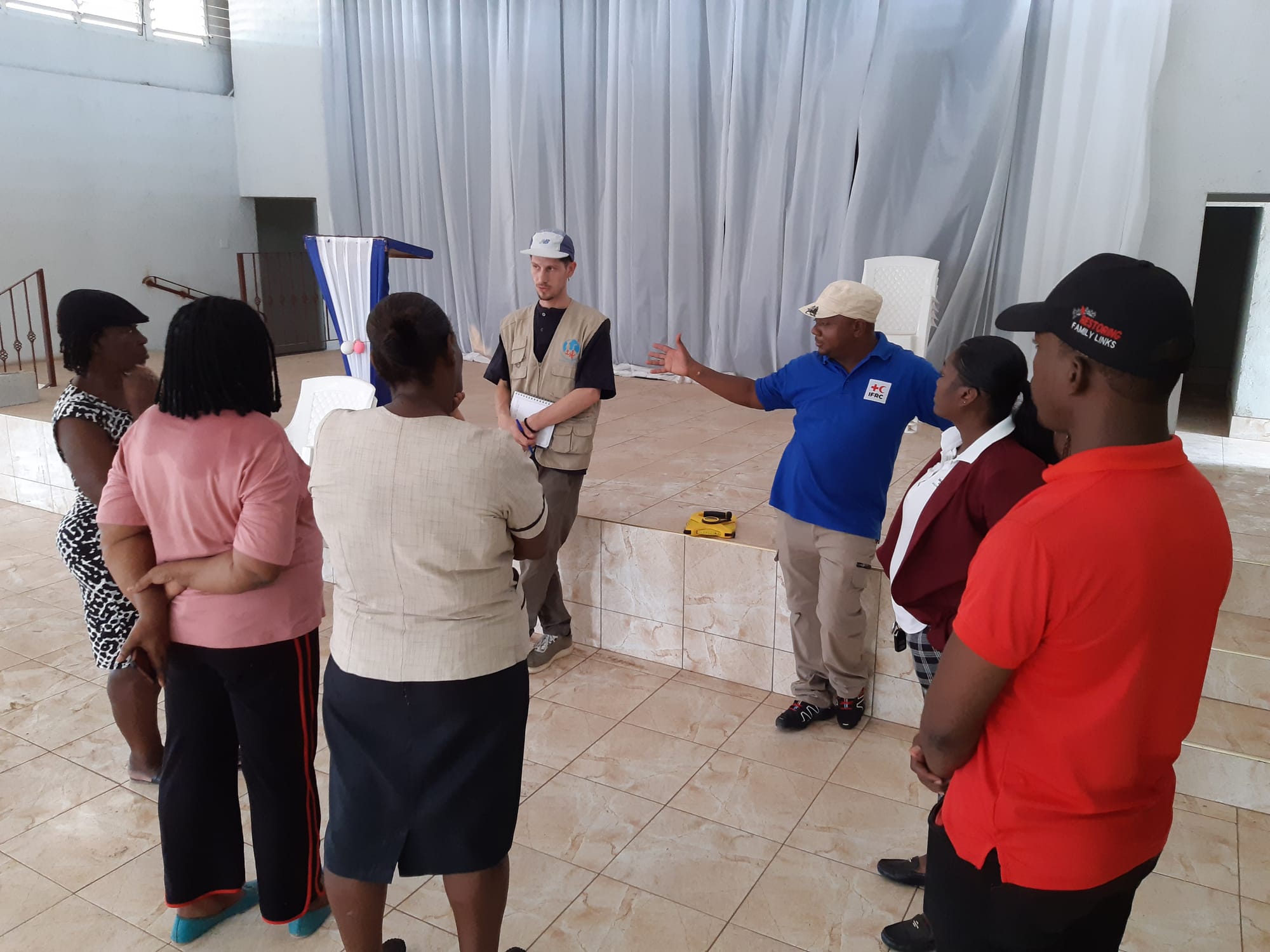
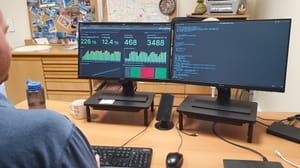
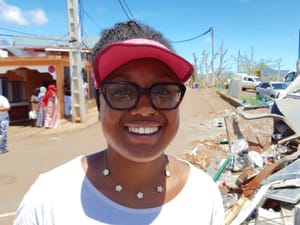
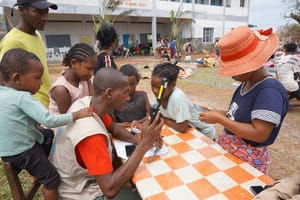




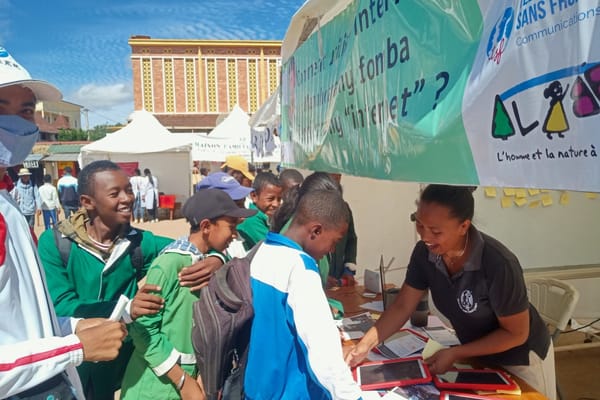
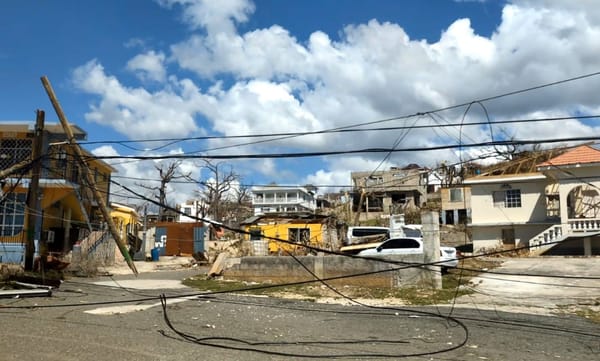

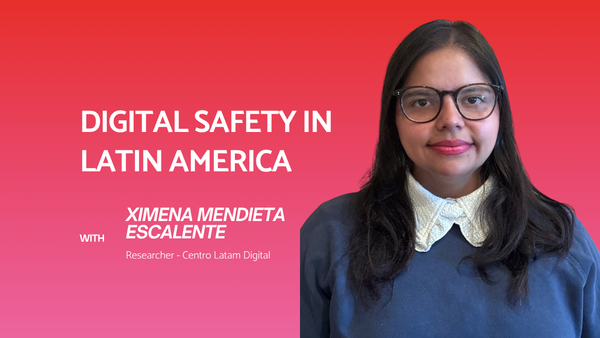
Member discussion